Share this @internewscast.com
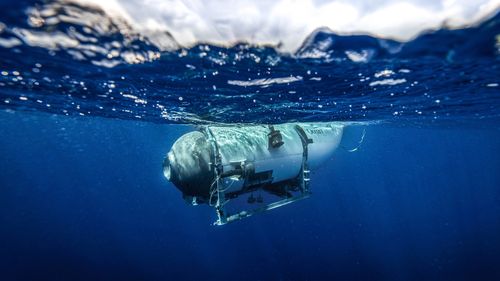
“We are conducting a safety investigation in Canada given that this was a Canadian-flagged vessel that departed a Canadian port and was involved in this occurrence, albeit in international waters,” transportation board chair Kathy Fox said on Saturday (Sunday AEST).
“Other agencies may choose to conduct investigations and that’s up to them.”
The Polar Prince left Newfoundland on June 16, towing the ill-fated Titan. There were 41 people on board — 17 crew members and 24 others — including the five who died when Titan imploded.
Fox said she understands the international interest and that the TSB will share information they collect with other agencies, like the US National Transportation Safety Board and the US Coast Guard, within the limits of Canadian law. Voice recordings and witness statements are protected under Canadian law, she said.
“Our investigation will go where the evidence leads us,” she said.
“We don’t want to duplicate efforts. We want to collaborate.”
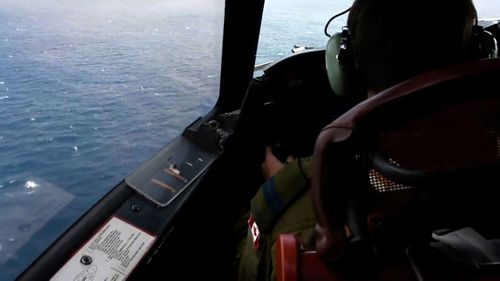
The Royal Canadian Mounted Police also announced Saturday it had initiated an examination of the circumstances that led to the Titan deaths to decide whether a full investigation is warranted. That full probe will only take place if it appears criminal, federal or provincial law may have been broken, officials said.
The Coast Guard led the initial search and rescue mission, a massive international effort that likely cost millions of dollars.
It was not entirely clear who would have the authority to lead what is sure to be a complex investigation involving several countries.
OceanGate Expeditions, the company that owned and operated the Titan, is based in the US but the submersible was registered in the Bahamas.
OceanGate is based in Everett, Washington, but closed when the Titan was found. Meanwhile, the Titan’s mother ship, the Polar Prince, was from Canada, and those killed were from England, Pakistan, France, and the US.
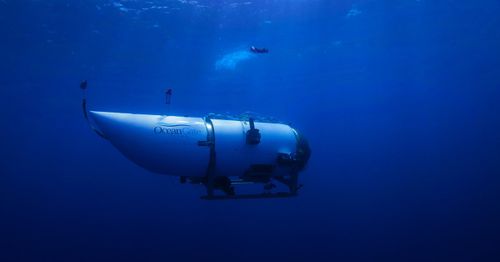
The National Transportation Safety Board said on Friday that the US Coast Guard has declared the loss of the Titan submersible to be a “major marine casualty” and the Coast Guard will lead the investigation.
The Coast Guard has not confirmed that it will take the lead.
The deep-sea investigations promise to be long and painstaking, given the murky depths of the ocean.
“This is an incredibly unforgiving environment down there on the seafloor,” said Rear Admiral John Mauger, of the Coast Guard First District.
How the overall investigation will proceed is complicated by the fact that the world of deep-sea exploration is not well regulated.
Read Related Also: Driver rescued after truck ploughs through two-storey Engine Australia shopfront in Melbourne’s south-east
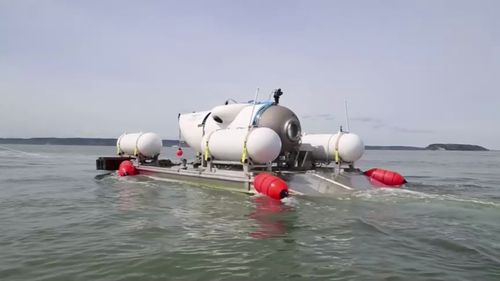
A key part of any investigation is likely to be the Titan itself. Questions have been raised about whether the vessel was destined for disaster because of its unconventional design and its creator’s refusal to submit to independent checks that are standard in the industry
The Titan was not registered as a US vessel or with international agencies that regulate safety. And it wasn’t classified by a maritime industry group that sets standards on matters such as hull construction.
OceanGate CEO Stockton Rush, who was piloting the Titan when it imploded, complained that regulations can stifle progress.
“Bringing an outside entity up to speed on every innovation before it is put into real-world testing is anathema to rapid innovation,” Rush wrote in a blog post on his company’s website.
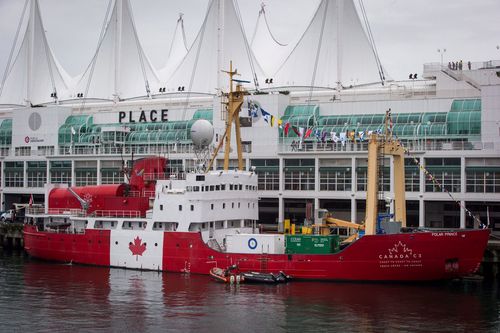
One question that seems at least partially resolved is when the implosion likely happened.
The Navy passed on the information to the Coast Guard, which continued its search because the data was not considered definitive, according to the official, who spoke on condition of anonymity to discuss a sensitive acoustic detection system.
The Titan was reported overdue on Sunday afternoon about 700 kilometres south of St John’s, in the Canadian province of Newfoundland, as it was on its way to where the iconic ocean liner sank more than a century ago.
Rescuers rushed ships, planes and other equipment to the area.
Any sliver of hope that remained for finding the crew alive was wiped away on Thursday (Friday AEST), when the Coast Guard announced debris had been found near the Titanic.
Killed in the implosion were Rush, two members of a prominent Pakistani family, Shahzada Dawood and his son Suleman Dawood; British adventurer Hamish Harding; and Titanic expert Paul-Henri Nargeolet.
A flurry of lawsuits is expected, but filing them will be complex and it’s unclear how successful they will be. Plaintiffs will run into the problem of establishing jurisdiction.

Groundbreaking project gives never-before-seen view of Titanic
At least 46 people successfully traveled on OceanGate’s submersible to the Titanic wreck site in 2021 and 2022, according to letters the company filed with a US District Court in Norfolk, Virginia, that oversees matters involving the Titanic shipwreck.
But questions about the submersible’s safety were raised by both by a former company employee and former passengers.
Timeline: How the expedition unfolded
- Polar Prince departs St John’s, Newfoundland, with submersible Titan on board
- Polar Prince reaches the submersible launch site
- One hour and 45 minutes later communications with Titan are lost
- Vessel reported overdue at 9.13pm local time (12.13pm Monday AEST)
- Rescue mission is launched involving US and Canadian coast guards
- Rear Admiral John Mauger of the US Coast Guard says the submersible has between 70 and 96 hours of oxygen left
- It’s confirmed the submersible had the full complement of five people on board, including UK billionaire Hamish Harding
- The search area expands to almost 26,000 square kilometres
- The identities of the others on board are confirmed, including OceanGate CEO Stockton Rush, who was piloting the vessel
- “Banging” noises are heard from beneath the ocean’s surface
- Further banging noises are heard as all available search assets are redirected to that area
- The estimate oxygen supply available to those aboard the sub dwindles to under 20 hours
- At about 7am ET (9pm Wednesday AEST), the Coast Guard announces a remote operated vehicle has reached the ocean floor
- The estimated 96-hour maximum deadline for the sub’s oxygen supply runs out
- The US Coast Guard announces “debris” has been found near the wreck of the Titanic
- In a statement, OceanGuard says all five people on board the Titan are believed to be dead
- The US Coast Guard confirm the deaths, saying five pieces of debris have been found that can be matched to the missing sub
- It’s believed to have been destroyed in a “catastrophic” implosion













